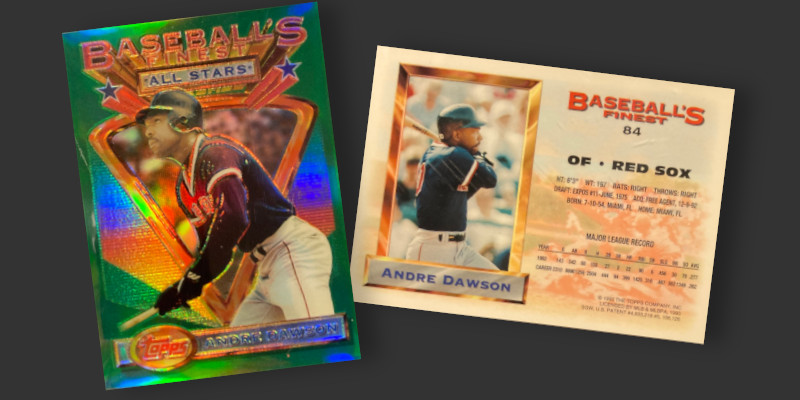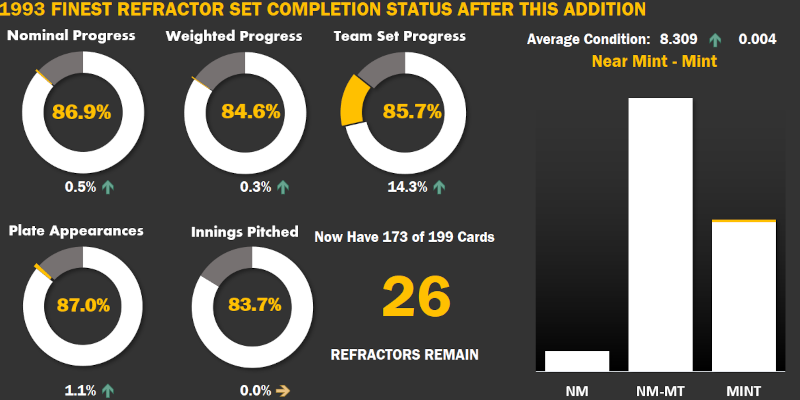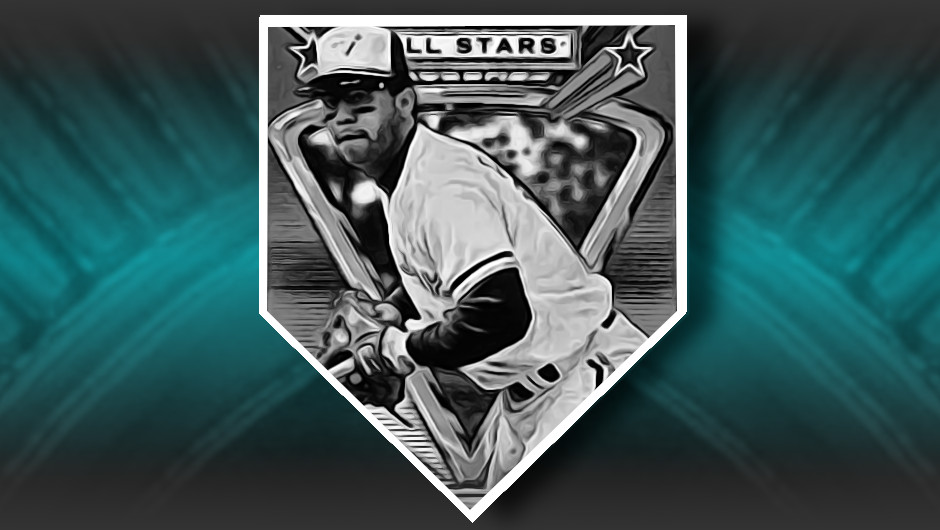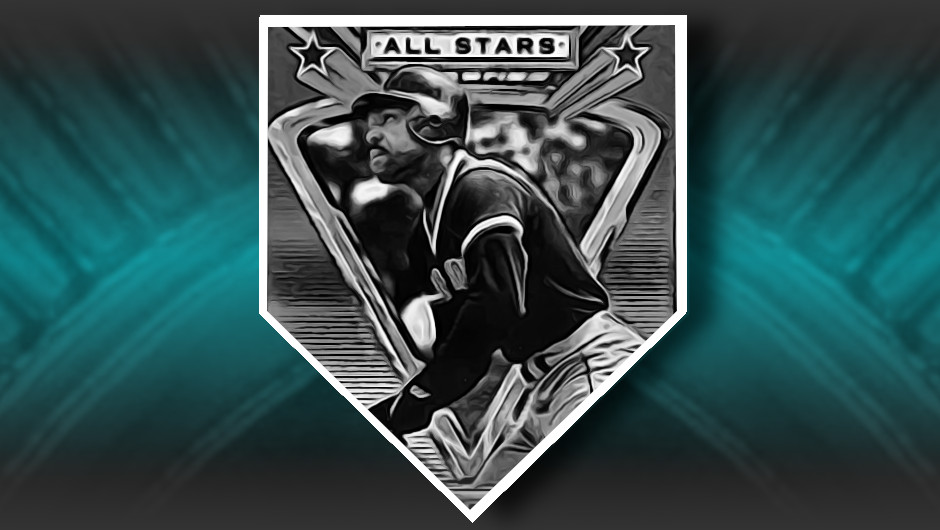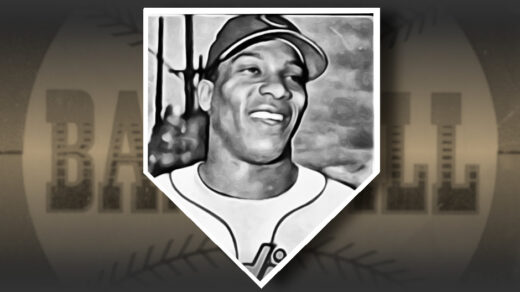
This is a good looking card. It features a fantastic player with historical significance in both the 1960s civil rights movement and evolution of labor laws. Curt Flood is one of those guys that can’t be overlooked when tracing the history of the game. While Flood’s 1958 rookie card has seen increased collector demand over the years, it is his Topps card from 1964 that is of particular interest. What is it that makes the seventh year card of a 3x All Star in a heavily printed low-series so attractive?
To answer that question, one needs to look to a video game designer in Kentucky. According to a 2014 EPSN report, this collector has set aside more than 4,000 copies of the card. The gravitational well of this collection has drawn in many examples that would otherwise be in other collections and emptied dealer inventories. Remaining publicly available examples available but they are accompanied by prices generally above what would be expected for such a card. In short, a single collector has distorted the market for the card and become part of the story of a storied player.
Well played, sir.
My own personal collection has card from the ’53 Topps set that I also acquire whenever I stumble across a low-grade copy in the wild, subject to a $1 price limit. I am admittedly no match for the “Flood Guy,” having only amassed less than 20 examples in three years of looking. I don’t think I could still enjoy my collection if I were to be able to match his quantity of Flood cards at the cost of thousands of dollars. My focus instead is on building out a couple crazy sets. The project gaining the majority of my collecting interest is the Refractor version of 1993 Topps Finest, a pursuit that comes with its own issues.
Watching Refractors Like a Hawk
When chasing Refractors from the 1993 Finest set, one will eventually encounter certain cards in the checklist that are more challenging than others. Some cards seem unusually hard to track down, prompting head scratching from collectors forced to wait months or years if they do not want to shell out hundreds of dollars for a name that barely made it into the checklist. Other cards have known reasons for their shortage, namely one or more very tenacious collectors focused on that specific item. Orel Hershiser, Ivan Rodriguez, and recently Lance Johnson have appeared among these relatively tough names. One of the most famously hoarded cards, that of Andre Dawson, isn’t one of them.
How can this be? For decades card #84 of Andre Dawson has been mentioned as being chased by a rather formidable opponent in the collecting world: Andre Dawson. Dawson is well known in the collecting community. Not only is he a very likeable person and a member of the Hall of Fame, he has been deeply enmeshed in coin collecting and has assembled an amazing collection. He understands collecting from the perspective of an active participant and takes time to walk the floors of the card shows at which he regularly signs autographs.
The card shows of the 1993 off season had a recurring topic of discussion among the booths: Refractors. Dawson became well acquainted with the cards during this period and picked up a small number of his own card. The practice continued for a bit, with Dawson scanning showcases for card #84 whenever he was at a show. Momentum increased in late 1995 when access to AOL’s message boards started arriving in mailboxes via a massive direct mail campaign. Dawson apparently signed up and began contacting dealers advertising refractors on the era’s nascent sports cards forums.
Word of Dawson’s interest in the cards gained widespread notice when Beckett Baseball Card Monthly ran a brief report of these encounters in the magazine’s February 1996 edition. At this point what started as a market observation collided with another trend to cement Dawson’s interest into collecting lore. Half a year earlier Beckett had introduced a notation next to five refractors that identified them as having been short-printed. These five cards quickly found increased demand and the idea that some of the already scarce cards could be even more difficult sent those with a completist leaning scrambling to secure copies. By the time the Dawson story appeared in 1996 Beckett’s editorial staff had tripled the number of short-printed names to 15. Notably, Dawson’s card was not part of this expanded list and claims of short-printing had been walked back to a note stating the highlighted cards were “currently in short supply for unknown reasons.”
Fast forward three months from the article’s appearance. The report of Dawson’s purchases spurred additional interest in the card and it had been added to the published list of cards in short supply. The next several years would see the suspected supply/demand imbalance push prices for the Dawson card upward, though there always seemed to be enough cards to go around. The short-print asterisk disappeared from the Dawson listing in price guides in 1998. Archived price/availability lists from dealers specializing in the set generally reflected Dawson cards were available during this time, not something one would expect for a card being actively pursued by a fanatical collector with access to above average resources. Dawson purchased multiple copies of his card, but it was not until reports of his interest became widespread that collectors seemed to have any issue locating a copy. The situation seemed to correct as soon as they moved on to the next shiny thing.
Current Availability of Dawson Cards
I do not subscribe to the idea that the Dawson card is more challenging to locate than most other names in the checklist. This is based on decades worth of transaction data. My records show 195 transactions involving single Dawson refractors from late 2005 through the end of September 2024. The card has averaged 10 sales per year, right in line with the number of average transactions for all other cards in the set. Breaking the numbers down by year, the Dawson sales meet or exceed the 50th percentile of annual transactions in 10 of the past 20 years, about what you would expect from a card with average availability. There is no declining trend in transaction volumes, a signature that stands out in the data against the noise for cards suspected of being actively hoarded.

It’s true: Andre Dawson once tried to acquire a large number of his ’93 Refractors. Also true: He didn’t try to corner the market and did not acquire enough to truly distort the overall availability of the card. Andre Dawson the player and Dawson the baseball card were both impressive.
